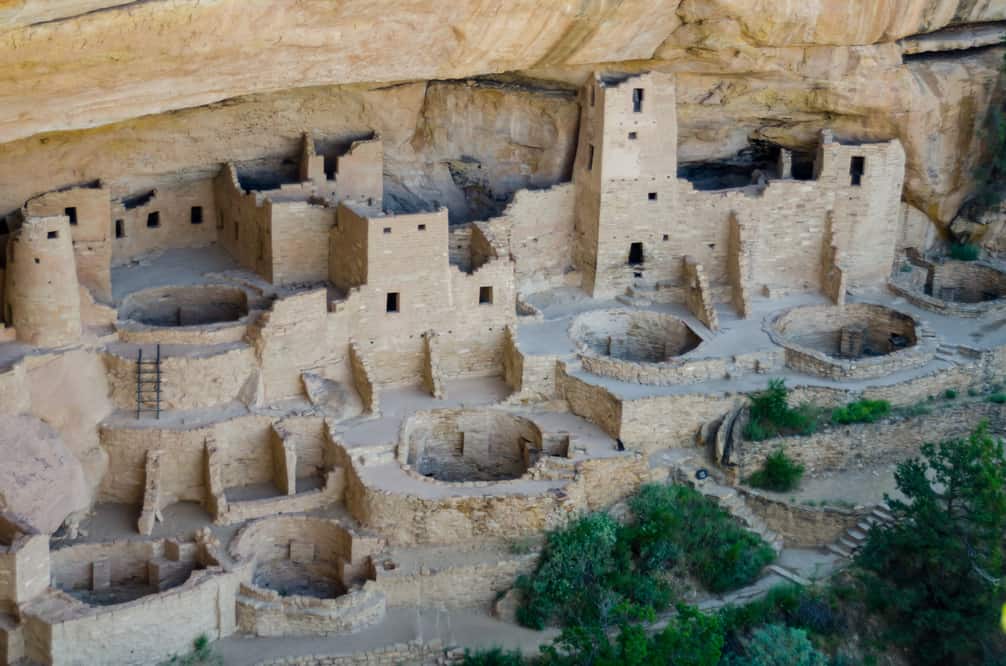The story of America’s national parks is a testament to the nation’s commitment to preserving its natural wonders and cultural heritage. From the visionary establishment of Yellowstone to the vast network of diverse sites today, let’s explore the fascinating history of these treasured lands.
The Birth of an Idea: Yellowstone National Park
The concept of national parks in the United States began with the establishment of Yellowstone National Park on March 1, 1872. Congress designated Yellowstone as “a public park or pleasuring-ground for the benefit and enjoyment of the people,” placing it under the control of the Secretary of the Interior. This groundbreaking act sparked a global movement, with over 100 nations now boasting approximately 1,200 national parks or equivalent preserves.
Today, Yellowstone remains one of the best national parks for camping in the USA, offering visitors a chance to experience its geothermal wonders and diverse wildlife firsthand.
Early Growth and Management Challenges
Following Yellowstone’s creation, the U.S. authorized additional national parks and monuments, primarily in the West. These areas were managed by various government entities, including the Department of the Interior, the War Department, and the Forest Service. The lack of unified management became increasingly problematic as the number of protected areas grew.
The Birth of the National Park Service
On August 25, 1916, President Woodrow Wilson signed the act creating the National Park Service (NPS), a new federal bureau within the Department of the Interior. This “Organic Act” tasked the NPS with protecting the existing 35 national parks and monuments and future sites. The act’s fundamental purpose was to conserve scenery, natural and historic objects, and wildlife while providing for public enjoyment in a manner that would leave these treasures unimpaired for future generations.
Expansion and Consolidation
A significant expansion occurred in 1933 when an Executive Order transferred 56 national monuments and military sites from the Forest Service and the War Department to the NPS. This action was crucial in developing today’s comprehensive national park system, which includes areas of historical, scenic, and scientific importance.
Modern Era and Growth
The General Authorities Act of 1970 further solidified the National Park System’s scope, declaring that it includes “superlative natural, historic, and recreation areas in every region.” Today, the National Park System comprises over 400 areas covering over 84 million acres across all 50 states and several U.S. territories.
These parks offer incredible opportunities for wildlife encounters in US national parks and boast some of the best hiking trails in US national parks, attracting millions of visitors each year.
Governance and Additions
While Congress generally creates national parks through specific acts, the President has the authority to proclaim national monuments on existing federal lands under the Antiquities Act of 1906. The Secretary of the Interior, advised by the National Park System Advisory Board, provides recommendations on proposed additions to the system.
Current State and Mission
Today, the National Park Service employs over 20,000 people who care for America’s 400+ national parks. The NPS continues to strive for its original goals while also serving as an environmental advocate, partner in community revitalization, world leader in parks and preservation, and pioneer in protecting America’s open spaces.
In recent years, there has been an increased focus on making these natural wonders accessible to all. Many parks now offer accessible US national parks features, ensuring that people of all abilities can enjoy these magnificent landscapes.
The history of the U.S. National Parks is a testament to the nation’s commitment to preserving its natural and cultural heritage for future generations. From the visionary establishment of Yellowstone to the vast network of diverse sites today, the national park system remains an invaluable treasure and a model for conservation efforts worldwide.

Leave a Reply